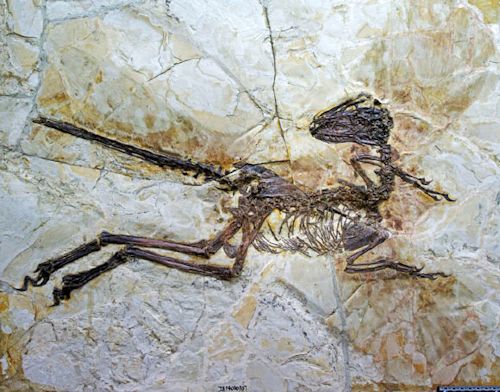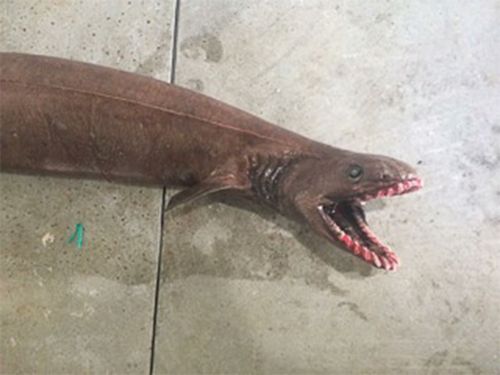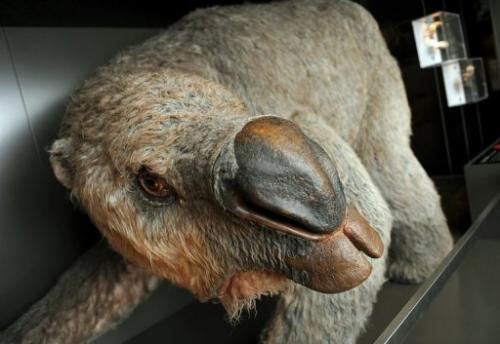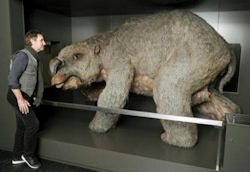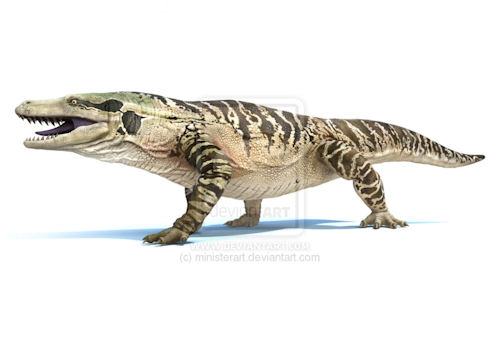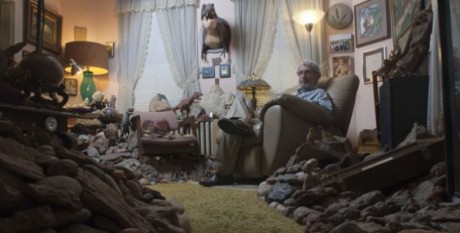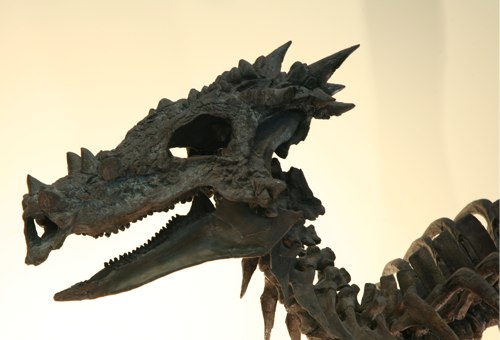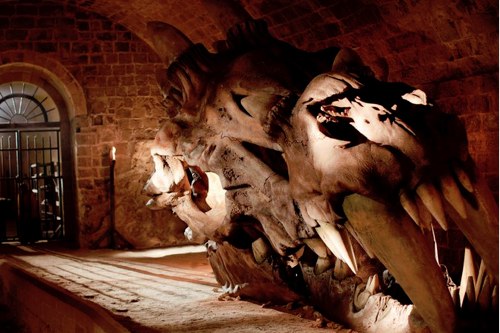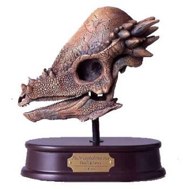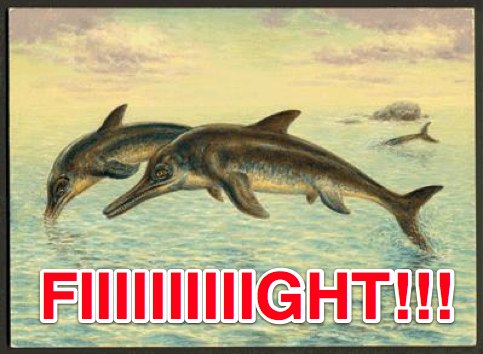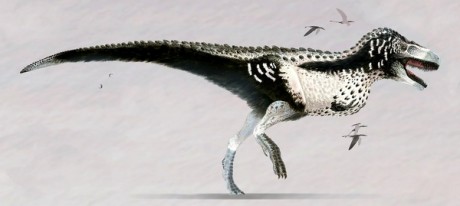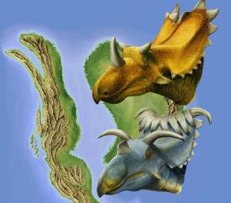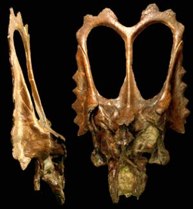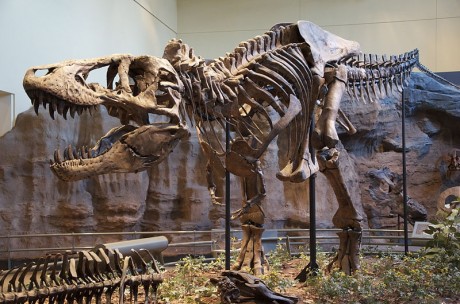
New research from scientists presenting in Proceedings of the Royal Society has put a damper on getting viable DNA from samples older than 8.5 million years. In studying fossilized moa bones, they discovered a half-life for DNA of about 521 years, meaning that getting even fragments of DNA older than 8.5 million years would be unlikely. While mother nature has a habit of throwing us curveballs, and that up until recently, the fact that DNA would last this long was considered an impossibility, would-be dinosaur breeders need not despair. There’s no reason a simple thing like lacking DNA should stop us from bringing back giant chomping things with tiny little arms. Recreating a T-Rex was always going to involve some genetic tampering.
We’d never use the original recipe to begin with
Let’s assume for a moment that we did have an intact strand of DNA from a T-Rex and a viable way to get it to replicate inside a cell and make a baby dino. We’d have to tamper with the DNA anyways for a variety of reasons.
1. First is that the world has changed since these giant scavengers roved the plains looking for food. In their era, 65 million years ago, the air had 150% more oxygen. To get your T-Rex in your dino zoo to do anything other than limp around and wheeze, you’d need to change its blood cells and lungs into something that could deal with our much thinner oxygen. This kind of re-engineering would have a dramatic effect on the whole creature from behavior to life-span. A T-Rex in 2012 wouldn’t behave the same way as she would have back in her day. Imagine watching an NBA basketball game played at 20,000 feet altitude. They’d be off their game, so would a T-Rex in our atmosphere. While our modified creature may look like a T-Rex, it’d be a very different animal. We’d have to give her a new designation, T-Rex+.
2. Not all the information is in the DNA. It’s not just our DNA that makes us who we are. Other epigenetic factors outside of DNA also help build organisms. A complete strand of DNA won’t likely have the DNA methylation or histone modifications needed to build an accurate dinosaur. These instructions can be critical. Early attempts at cloning that resulted in over-muscular cattle or sheep that died prematurely were due to missing vital instructions contained outside the DNA. To clone a dinosaur we’d have to make educated guesses about these instructions based on modern birds and reptiles.
3. A T-Rex isn’t just one animal. A human being isn’t just all the genetic and epigenetic information that make us. If we cloned you but left out all of the bacteria living in your stomach and intestines, you’d probably starve to death in weeks. A human being is a symbiote of about 50 million organisms. We’re the ones that get to call the shots (mostly). A carrion eating creature like a T-Rex is going to need a lot of critters, many long extinct, to help it digest its food. Making our T-Rex+ will mean creating a new pack of digestive bacteria, possibly borrowed from buzzards and komodo dragons. The end result would be a creature that behaves differently than a T-Rex. Did eating a bunch of hadrosaur meat give the T-Rex a tryptophan buzz that sent it into a mating frenzy because that’s when the bacterium like to spread? We may never know. We’d only be able to make an approximation.
How to make a T-Rex+
Now that we’ve accepted the fact that even a cloned T-Rex was never going to be an authentic, original article, we can get on with making a T-Rex that does everything we wanted it to do in the first place; Terrify and eat things.
Right now biologists are assembling genetic tool kits that allow you to custom design organisms. These are computer programs that tell a DNA replicator in what order to place the base sugars of ATGC, that then go onto to form the instruction set place into a cell. We’ve already created single-cell organisms from instructions that were sent via email. A next step is to move onto more complex forms of life. Along the way we’ll be able to add features like kinds of photosynthesis, proteins that perform special functions, instructions to manufacture vaccines, etc. One day you’ll be able to code for a specific kind of mouse or chicken and then make enhancements. If we took the chicken genome and tinkered around a bit, we could probably make something like a dinosaur, but suited for today’s environment. Paleontologist Jack Horner has already begun working with researchers to reverse-engineer ostriches into something like a dinosaur by switching off all of the later-evolved functions that made dinosaurs into birds.
The blueprint for this creature will be everything we know about the T-Rex. We can design bone structure, ligature and a thousand other tiny details we’ve learned from the fossil records. Although we may never find DNA, we have found cells inside T-Rex fossils, resembling the same kind in ovulating birds. Cells, protein and other kinds of information can help us build a replica that’s perhaps 95% accurate. Which really means more from a marketing point of view. A chimpanzee is arguably 96% of a human (or vice versa). We also share 40% of our genes with a carrot…
What is a T-Rex anyway?
To the purists, our T-Rex+ wouldn’t be the same. Even a full clone would still make some compromises that would leave them unhappy. But our T-Rex+ would fulfill our idea of what the creature is supposed to be. And even that’s an evolving concept. If Jurassic Park were filmed today, the animators would probably have to add a lot of feathers to the theropods like T-Rex. T-Rex DNA can only tell us part of the story about these creatures. While intact DNA could tell us a lot, maybe the best thing we can do is to make a bunch of creatures that look like them and set them loose in some place and see how they interact.
The T-Rex’s reign lasted for several million years. The animals that lived at the end of that period were different genetically than the ones at the beginning. Even individual T-Rex’s probably varied in temperament just as much as kittens from the same litter. There is no ideal T-Rex because they were all different.
These T-Rex+’s won’t be the same as what once walked the earth. But placed into a Cretaceous-like environment, we could understand how it filled out its ecological niche. These creatures would undoubtedly surprise us and have just as much to teach us as the animals we based them.
For a final thought, here’s a photograph of two sets of bones. Although they look almost identical, they’re separated by about 100 million years of evolution. The one on the right is a wolf. The one on the left is a Tasmanian Tiger. Sadly, the Tasmanian Tiger is now extinct (hopefully only temporarily).
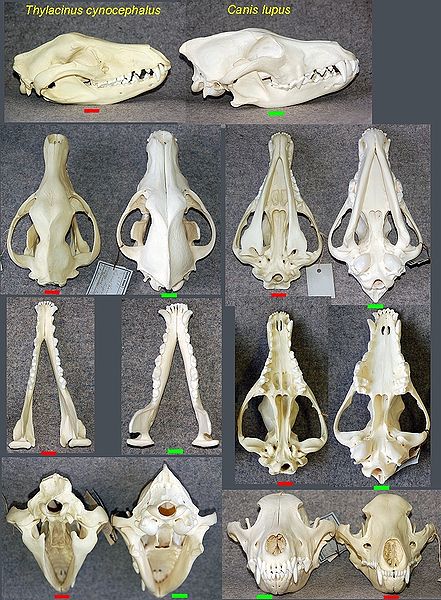
Although they have 100 million years of evolution between them (we diverged from chimpanzees only about 10 million years ago and share more common relatives with a wolf than the the Tasmanian Tiger does) they evolved to fill very similar niches. Yet, for some reason, man was able to hunt the Tasmanian Tiger to extinction, possibly due to some other environmental factor that made it threatened, while the wolf still thrives.
The T-Rex was a hardy species whose reign was ended by an asteroid impact that shut down the photosynthesis process that fed the plant eaters they preyed upon. Without that cataclysm, who knows how long they could have lasted? Maybe part of their survival mechanism is their innate badassness that causes a monkey species to bring them back 65 million years later.
